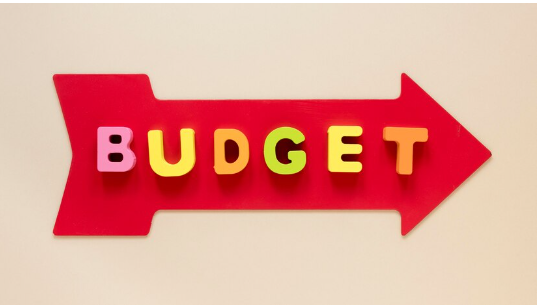How to Develop Personal Budgeting Strategies That Actually Work: A Step-by-Step Guide
How to Develop Personal Budgeting Strategies That Actually Work
Are you struggling to manage your finances? Does it seem like your money disappears as soon as it arrives? You’re not alone. Millions of people face the same challenge, but there’s a solution—effective personal budgeting. Developing a personal budgeting strategy that truly works is the foundation of financial success. In this guide, we’ll explore actionable steps, answer common questions, and provide practical advice on how to create a budgeting plan that not only sticks but also transforms your financial life.
Why Personal Budgeting Matters
Personal budgeting is more than just tracking your income and expenses; it’s about creating a financial roadmap that leads to your goals. Whether you’re saving for a home, paying off debt, or simply wanting to live within your means, a well-crafted budget can make all the difference. According to a recent study, over 60% of people without a budget end up in debt. On the other hand, those with a budget are more likely to have savings and financial stability.
Step 1: Understand Your Financial Situation
Before you can create a budget, you need to know where you stand financially. Start by listing all your sources of income and your monthly expenses. This includes everything from rent or mortgage payments to grocery bills and entertainment costs. Don’t forget to factor in irregular expenses like annual insurance premiums or car maintenance.
FAQ: How do I handle irregular expenses in my budget?
Irregular expenses can throw off your budget if you’re not prepared. The best approach is to anticipate these costs by setting aside a small amount each month into a separate fund. For example, if your car insurance is $1,200 annually, save $100 monthly so you’re not caught off guard when the bill arrives.
Step 2: Set Clear Financial Goals
Your budget should be driven by your financial goals. Are you aiming to pay off credit card debt, build an emergency fund, or save for retirement? Setting clear, achievable goals will give your budget direction and purpose. Make sure your goals are SMART—Specific, Measurable, Achievable, Relevant, and Time-bound.
FAQ: How can I prioritize my financial goals?
Prioritizing your financial goals is crucial. Start by focusing on high-priority goals like paying off high-interest debt and building an emergency fund. Once these are in place, you can allocate funds toward secondary goals like vacation savings or a new car.
Step 3: Choose a Budgeting Method That Fits Your Lifestyle
Not all budgeting methods are created equal. The key is to choose one that aligns with your spending habits and financial goals. Here are three popular budgeting methods:
- The 50/30/20 Rule: Allocate 50% of your income to needs, 30% to wants, and 20% to savings and debt repayment.
- Zero-Based Budgeting: Every dollar has a purpose. Allocate your income to expenses, savings, and debt until you reach zero.
- Envelope System: Assign cash to different spending categories and only spend what’s in each envelope.
FAQ: Which budgeting method is best for me?
The best budgeting method depends on your financial situation and personality. If you prefer structure and detailed tracking, zero-based budgeting might be ideal. If you want a simple, high-level approach, the 50/30/20 rule could be the way to go.
Step 4: Monitor Your Progress and Adjust as Needed
A budget isn’t a one-time activity; it’s a dynamic tool that requires regular review. At the end of each month, compare your actual spending to your budgeted amounts. If you’re consistently overspending in certain categories, make adjustments. Remember, flexibility is key to long-term success.
FAQ: How often should I review my budget?
Review your budget at least once a month. However, if you experience a significant change in income or expenses, it’s wise to revisit your budget immediately to make necessary adjustments.
Step 5: Automate Your Savings
One of the most effective ways to stick to your budget is to automate your savings. Set up automatic transfers from your checking account to your savings or investment accounts. This not only ensures you save regularly but also removes the temptation to spend that money.
FAQ: What percentage of my income should I save?
A good rule of thumb is to save at least 20% of your income. However, this can vary based on your financial goals. If you’re aiming to retire early, you might need to save more aggressively.
Conclusion
Developing personal budgeting strategies that work isn’t a one-size-fits-all approach. It requires understanding your financial situation, setting clear goals, choosing the right budgeting method, and being flexible enough to adjust as needed. By following these steps, you can create a budget that not only helps you manage your money but also sets you on a path to financial security.
Budgeting isn’t about restriction; it’s about empowerment. It’s your money—take control of it, and watch how it transforms your life.






